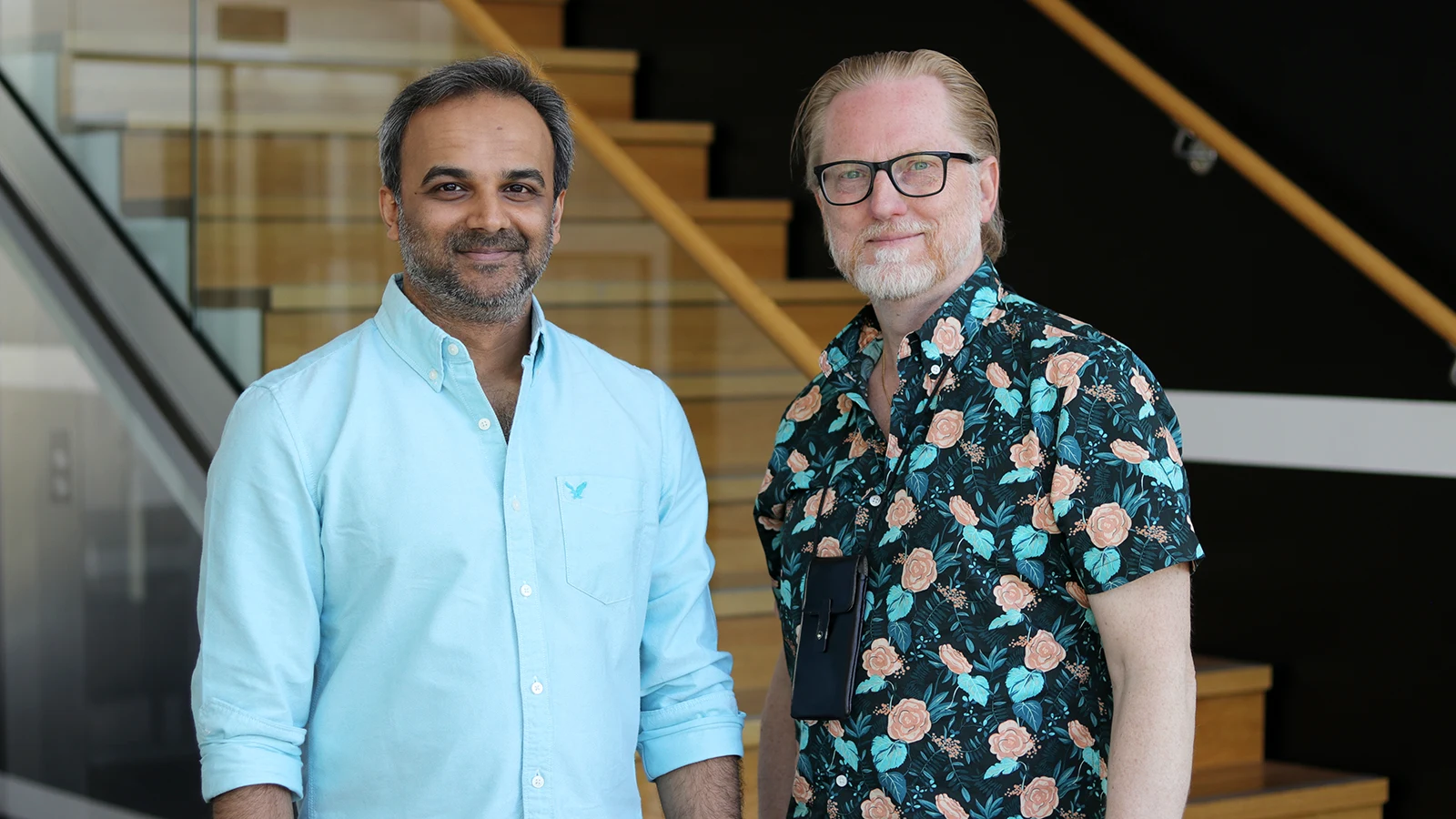Half‑time seminar with Saad Muhamad Shaikh
June 7 it was time for PhD-student Saad Muhamad Shaikh to present his work Short-wave infrared hyper-spectral imaging for in-situ applications on a half-time seminar.
Abstract:
Hyper-spectral imaging is a technique to collect spectral information as the third dimension to a two-dimensional spatial image. It was first introduced in 1980’s for Earth remote sensing. In this research, several methods are proposed to improve the detection and classification of materials, at in-situ applications, using SWIR hyper-spectral imaging.
A hyper-spectral imaging system with practical calibration procedure using low-cost calibration reference made of polytetrafluoroethylene (teflon) was proposed to measure the relative reflectance of any material surface independent of the spectral distribution of light and camera sensitivity. Winter road conditions were selected as test case. The results show that a calibration standard with an accurate reflectance close to 100 percent is not needed if the purpose is to identify materials by their spectral signatures.
To increase the dynamic range (DR) of SWIR imaging, a widely known multi-exposure (ME) method was tailored for InGaAs-based hyper-spectral line camera. The method was tested on test applications; detection of plastics in food waste and polymer sorting. The aim was to improve the SNR of low-intensity measurements in the presence of dark current (DC) while avoiding saturation at high intensities. The use of ME method resulted in 98 and 95 percent correct classification of plastics in food waste, and polymers, respectively, compared to 90 and 35 percent when single exposure was used.
There is at least one major difference in using hyperspectral imaging for remote sensing compared to in-situ applications. That is the availability of windows and blocked regions in the transmittance of atmosphere. Water vapor is one of the major reasons for the blocked wavelength regions that cannot be used for remote sensing. However, the relatively very short path length of light for industrial applications give a hint that the whole SWIR region should be available for measurements. It was investigated if water vapor has an impact on the practical use of hyperspectral imaging for in-situ applications and how this impact can be reduced. It was found that vaporized water can cause a coefficient of variation in reflectance measurements as high as 5 percent at large variation of relative humidity. It was also shown that the variations in reflectance measurements can have drastic impact on the classification of polymers. Frequent re-calibrations of the imaging system or pruning of the wavelength bands that are susceptible to water vapor are shown to produce equally good results for polymer classification.

PhD-student Saad Muhamad Shaikh together with his supervisor Associate Prof. Benny Thörnberg.
